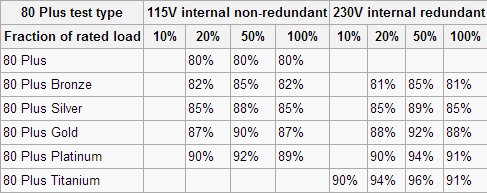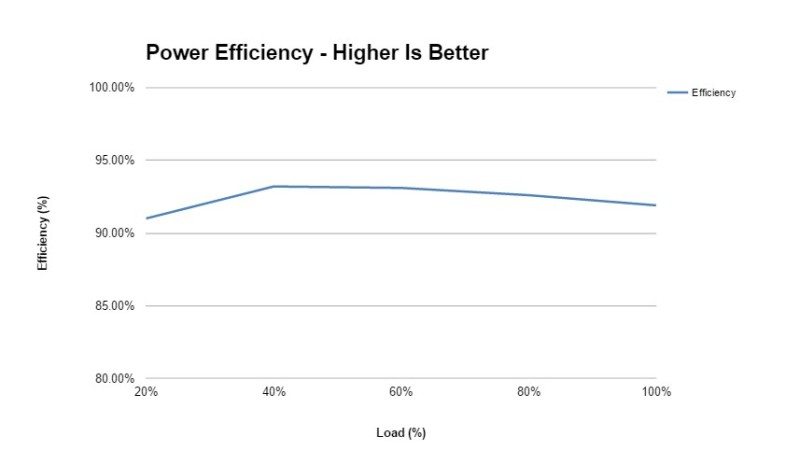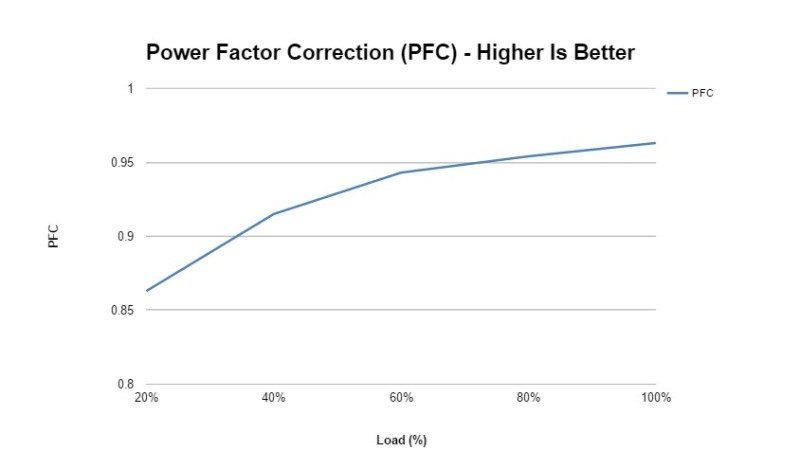Antec HCP Platinum Continuous Power 1000W Review
Peter Donnell / 9 years ago
Efficiency, PFC and Voltage Regulation
Voltage Regulation
To test voltage regulation we load the power supply to five different load scenarios that give an equal spread of load across every single rail. So that means 20% on all rails, 40% on all rails and so on. We then calculate the average deviance of each rail from its expected voltage.

Fantastic performance overall, with really consistent voltages across the 12v rails. The 5V looks a little high in comparison, but this is still a very good result and there’s very little deviance from 20% to 100% load across any of the rails.
Power Efficiency
Power efficiency is measured by calculating actual supplied wattage divided by the wattage drawn at the wall/plug, multiplied by 100 to give a percentage. We then compare that to the particular 80 Plus certification the company claims to see if it meets that. You can see the 80 Plus certifications below, we always test 230v power supplies.


Efficiency was perfect, peaking just a tiny bit above the 80 Plus Platinum certification in all load scenarios.
Power Factor Correction
Power Factor Correction is the ratio of the real power flowing to the load, to the apparent power in the circuit. The aim of PFC is to make the load circuitry that is power factor corrected appear purely resistive (apparent power equal to real power). In this case, the voltage and current are in phase and the reactive power consumption is zero. The closer the number to one the better as this allows the most efficient delivery of electrical power (Source – Wikipedia).
Excellent PFC overall and especially so past 80% load; this is about as good as any modern PSU is going to get.



















